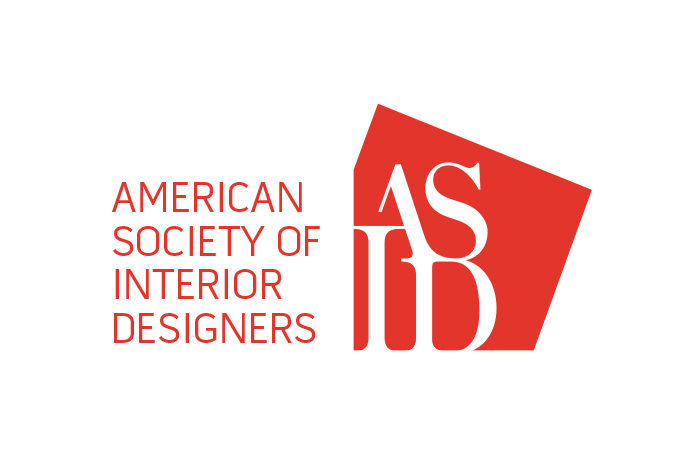ASID Previews Its 2024 Design Trend Forecast

January 6, 2024
The below 11 key trends, spanning all sectors of design, are pulled from the highly anticipated annual ASID Trends Outlook Report, a work created by the American Society of Interior Designers‘ research division examining what trends are set to impact the interior design industry each year.
Khoi Vo, CEO, American Society of Interior Designers, shares some thoughts with KBB before the release of the full report, which will be released on January 29.
“ASID is the ultimate hub for the interior design community, and we are proud to provide this research to help our members do their best, most impactful work. In examining the data for the 2024 Trends Outlook report, we found an increased emphasis on connectedness and community. As our lifestyles and attitudes have evolved, we’ve found that occupants, whether they be in residential, workplace, or hospitality settings, are seeking enriching experiences and authentic relationships. Through their work, interior designers have the power to foster this sense of togetherness. Across all sectors, spaces are being rethought for their gathering and collaboration potential, and designers are being tasked to create comfortable spaces that foster connection.
“Another standout for me is sustainability. With an increased focus on extreme weather events, we are seeing greater awareness in consumers on how their buying choices impact the planet. Simultaneously, many corporations have created sustainability targets to mitigate their environmental impact. Designers have the opportunity to educate clients across all sectors in investing in sustainable solutions that have a positive impact on the world around them– and help them reach their sustainability goals.”
ASID 2024 Trends Outlook Preview
1. Living with and learning from Gen Z: Gen Z seeks genuine connections, and as this generation enters and occupies consumer culture, designers should be familiar with their evolving empathies and concerns.
2. Solo living and seeking connection: With solo-living on the rise, Americans are seeking connectedness to loved ones and their communities.
3. Comfortable and connected living: Designers can support the comfort and camaraderie occupants desire by creating opportunities for gathering in the home, incorporating pet-friendly products, and designing spaces for amusement and “eatertainment.”
4. Health & wellness: Consumers will spend more on the products that improve their health and wellbeing. Designers must consider this self-care push, including harnessing sleep data to support more rest for occupants.
5. Quiet luxury: Consumers seek a more low-key and personalized approach to luxury, investing in items that have more longevity and relevance— a more sustainable way to shop, as well.
6. Blurred lines in travel: Alternative accommodations are on the rise, with guests blurring the lines of living, working, staying and playing.
7. A custom approach to today’s workplace: Designers have the opportunity to help organizations create a more personalized approach to their hybrid work strategies, with physical spaces that support employee productivity and balance collaboration with focus.
8. AI technology: Generative AI applications are being used in a variety of applications, such as generating floor plans, design iterations, occupancy and energy models, among other solutions; others are using it to increase autonomy and create experience-driven design.
9. Digital marketing in design: Employers, including designers, can look to their own workforce for advertising, as many employees are communicating and advocating for their brands on social media.
10. Extreme weather event and climate impact: Two-thirds of Americans say that they’ve experienced at least one of the five types of extreme weather (heat wave, flood, drought, wildfire, rising sea level), in the past year. Americans support making changes to address global climate change and prioritizing renewable sources— and designers have the power to contribute to these solutions.
11. Sustainability rules: Designers who can help clients meet their sustainability targets of high-quality, low-carbon workspaces will have a competitive advantage. Recognizing the interconnectedness of individual health, community health, and environmental stewardship also pays a key role.
—By Leslie Clagett, KBB managing editor
More News
April 26, 2024 | Business, Trends & Inspirations
Personalization Is Defining Today’s Luxury Projects
April 26, 2024 | Business
PIRCH Permanently Shuts Down, Files for Bankruptcy
April 25, 2024 | Awards & Events
2024 Coverings Installation & Design Award Winners Announced
April 24, 2024 | People
Oatey Announces New COO and CCO
April 23, 2024 | Trends & Inspirations
Sustainability Report: More Education Needed for Green K&B Design
April 2, 2024 | Sponsored
Whirlpool Corp. Brings Purposeful Innovation Home